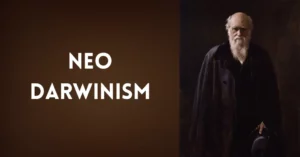AI Answer Evaluation Platform Live Now. Try Free Answer Evaluation Now

Cope’s Rule
Edward Drinker Cope, an American paleontologist made an observation that an organism evolves over time towards an increased body size in a population lineage which is known as Cope's rule.






